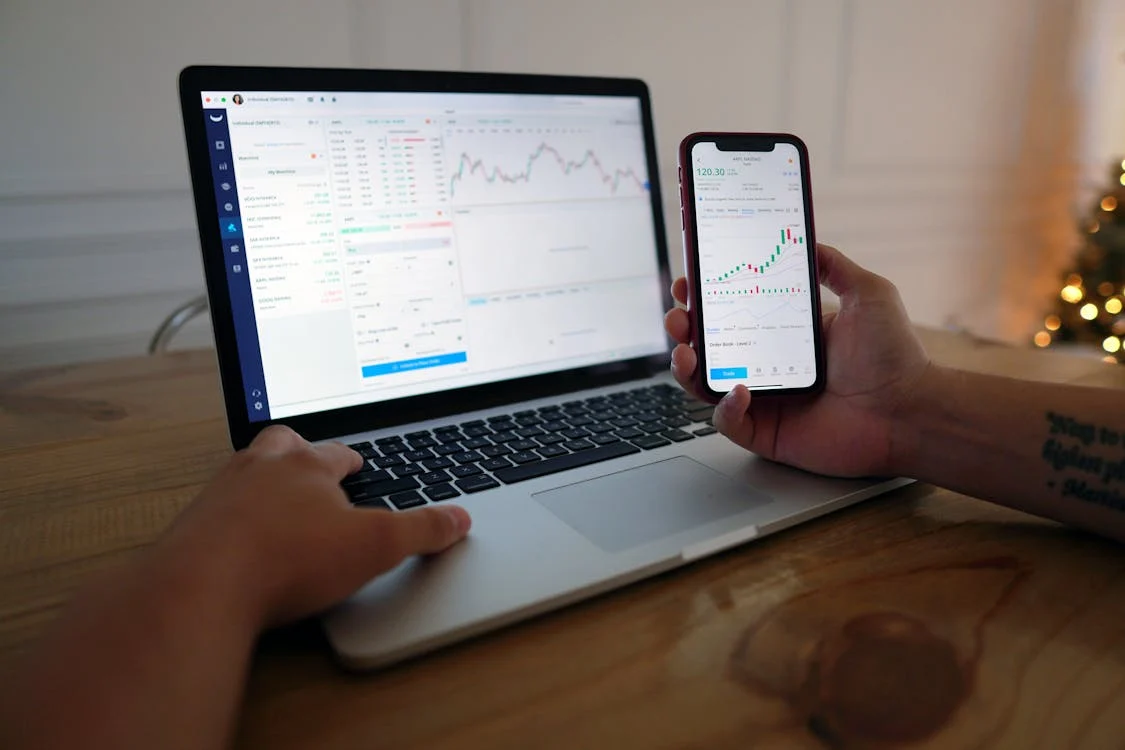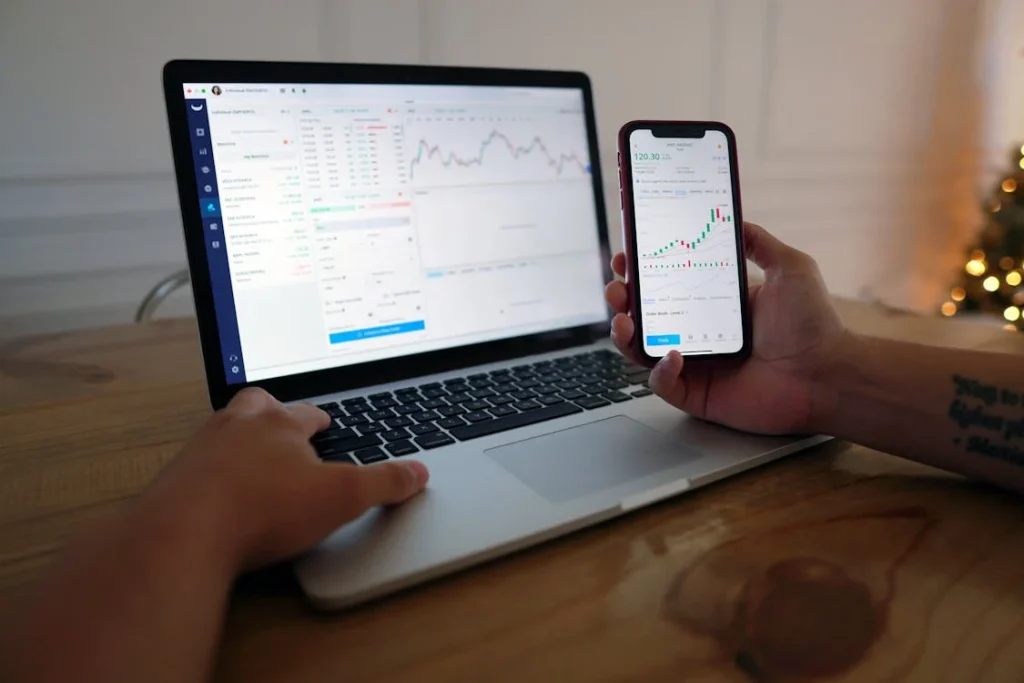Unlocking the Power of Technical Analysis in Forex Trading
Forex trading involves predicting price movements in the foreign exchange market to make profits. While there are various approaches to trading, technical analysis is one of the most commonly used methods among traders. This article will explore how technical analysis works, why it’s important, and how you can use it to improve your accuracy in Forex trading.

What is Technical Analysis in Forex Trading?
Technical analysis is the study of past price movements and trading volumes to forecast future price actions. It relies on the idea that historical price data contains all the information needed to make predictions about future price movements. Technical analysts use charts and indicators to identify patterns, trends, and market conditions that can help determine the best times to buy or sell currency pairs.
Unlike fundamental analysis, which focuses on economic and financial data to assess a currency’s value, technical analysis focuses solely on price and volume data. The primary goal is to identify price trends and reversals, which traders can capitalize on.
Key Components of Technical Analysis
1. Price Charts
Price charts are the foundation of technical analysis. They visually represent the historical price movements of a currency pair over a specific period of time. The most commonly used types of charts are:
- Line Charts: These are simple charts that plot the closing prices of a currency pair over time.
- Bar Charts: These charts display the opening, closing, high, and low prices for each period.
- Candlestick Charts: Candlestick charts provide more detailed information about price movements and are the most popular among Forex traders.
Each type of chart provides valuable insights into price trends, volatility, and patterns, helping traders make informed decisions.
2. Technical Indicators
Technical indicators are mathematical calculations based on price and volume data that are used to identify trends, momentum, volatility, and market strength. Some of the most commonly used indicators in Forex trading include:
- Moving Averages: These indicators smooth out price data to help identify trends. Simple moving averages (SMA) and exponential moving averages (EMA) are the most common types.
- Relative Strength Index (RSI): The RSI measures the magnitude of recent price changes to evaluate overbought or oversold conditions in a currency pair.
- Bollinger Bands: Bollinger Bands help assess price volatility by creating a band around a moving average. When price breaks through the bands, it may indicate a potential trend reversal.
- MACD (Moving Average Convergence Divergence): The MACD is used to determine the direction and strength of a trend by comparing two different moving averages.
By analyzing these indicators, traders can gain insights into market conditions and make more accurate predictions about future price movements.
3. Chart Patterns
Chart patterns are formations created by the price movements of a currency pair. These patterns can indicate trend reversals or continuation. Some of the most popular chart patterns include:
- Head and Shoulders: A reversal pattern that signals the end of an uptrend or downtrend.
- Double Top and Double Bottom: Patterns that indicate a reversal in the current trend.
- Triangles: These patterns typically indicate a consolidation phase, with the breakout direction suggesting future price movement.
Recognizing these chart patterns allows traders to predict when a trend may reverse or continue, providing opportunities for profitable trades.
Why Technical Analysis is Important for Forex Traders
Technical analysis is essential for several reasons:
- It helps predict market trends: Technical analysis provides valuable insights into the market’s behavior, helping traders predict the direction of price movements.
- It eliminates emotional decision-making: Relying on technical analysis can help traders make decisions based on data and facts rather than emotions like fear or greed.
- It provides clear entry and exit points: By using indicators, chart patterns, and trendlines, traders can identify precise entry and exit points, improving the accuracy of their trades.
- It works in any market condition: Whether the market is trending, consolidating, or reversing, technical analysis can be applied in any market condition to help traders navigate the market.
How to Apply Technical Analysis in Your Trading Strategy
1. Identify the Trend
The first step in technical analysis is identifying the current trend. This can be done using trendlines or moving averages. Once you identify the trend, you can trade in the direction of that trend, which increases your chances of success.
2. Use Indicators to Confirm the Trend
Once you’ve identified the trend, you can use indicators such as the RSI, MACD, or Bollinger Bands to confirm that the trend is strong and likely to continue. This helps eliminate false signals and improves the accuracy of your trades.
3. Look for Chart Patterns
Chart patterns can signal potential trend reversals or breakouts. For example, a head-and-shoulders pattern may signal the end of an uptrend, while a double bottom could indicate the beginning of a new bullish trend. Recognizing these patterns helps traders enter and exit the market at the right time.
4. Set Stop-Loss and Take-Profit Levels
Using technical analysis to identify key levels of support and resistance allows traders to set effective stop-loss and take-profit levels. These levels act as a safety net, helping protect your capital in case the market moves against your position.
Conclusion
Technical analysis is a powerful tool that helps Forex traders make more accurate predictions about currency price movements. By using price charts, technical indicators, and chart patterns, traders can identify trends, entry and exit points, and market conditions that improve their trading decisions. Although technical analysis is not foolproof, when combined with sound risk management practices, it can significantly enhance a trader’s chances of success in the Forex market.




